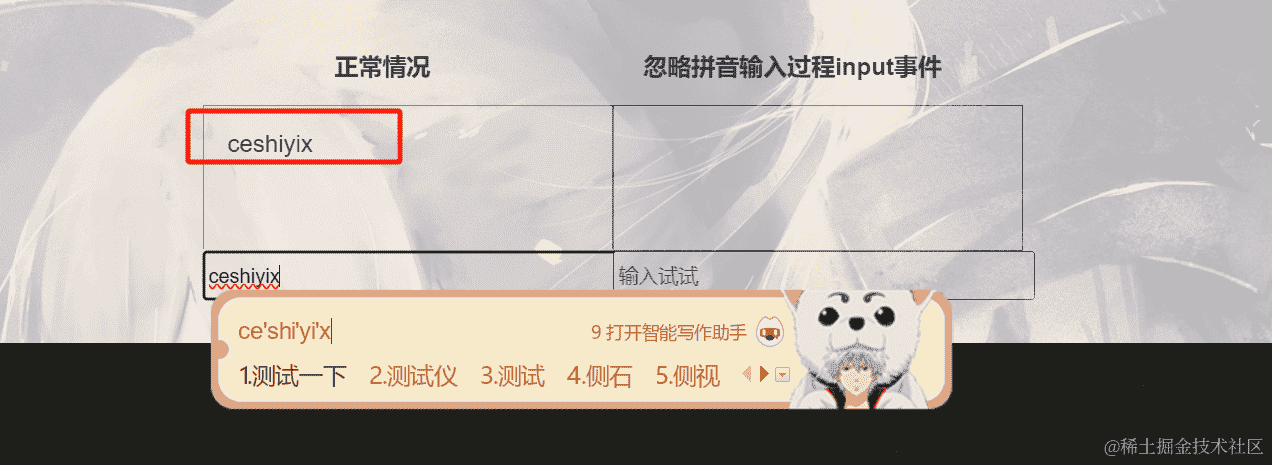返回
深入理解this指向:揭秘JavaScript函数的作用域
前端
2023-10-18 17:37:27
一、this指向概述
在JavaScript中,this是一个动态值,它指向函数的调用对象。当函数被调用时,this的值根据调用的方式而定。通常情况下,this指向函数所属的对象,即对象方法。如果没有所属对象,this指向window对象,即全局对象。
二、this指向的常见场景
- 对象方法: 当一个函数作为对象的方法被调用时,this指向该对象。例如:
const person = {
name: "John Doe",
greet: function() {
console.log(`Hello, my name is ${this.name}`);
}
};
person.greet(); // 输出:Hello, my name is John Doe
- 独立函数: 当一个函数作为独立函数被调用时,this指向window对象。例如:
function greet() {
console.log(`Hello, my name is ${this.name}`);
}
greet(); // 输出:Hello, my name is undefined
- 构造函数: 当一个函数作为构造函数被调用时,this指向新创建的对象。例如:
function Person(name) {
this.name = name;
this.greet = function() {
console.log(`Hello, my name is ${this.name}`);
};
}
const person = new Person("Jane Doe");
person.greet(); // 输出:Hello, my name is Jane Doe
三、改变this指向的方法
在某些情况下,我们需要改变函数的this指向,以便在不同的对象上调用函数。JavaScript提供了三种方法来改变this指向:
- apply()方法: apply()方法允许您显式地设置函数的this值。它接受两个参数:第一个参数是要设置的this值,第二个参数是一个数组,包含要传递给函数的参数。例如:
const person = {
name: "John Doe"
};
const greet = function() {
console.log(`Hello, my name is ${this.name}`);
};
greet.apply(person); // 输出:Hello, my name is John Doe
- call()方法: call()方法与apply()方法类似,但它接受单独的参数,而不是数组。例如:
const person = {
name: "John Doe"
};
const greet = function(greeting) {
console.log(`${greeting}, my name is ${this.name}`);
};
greet.call(person, "Hello"); // 输出:Hello, my name is John Doe
- bind()方法: bind()方法创建了一个新的函数,该函数的this值被永久绑定到指定的对象上。例如:
const person = {
name: "John Doe"
};
const greet = function() {
console.log(`Hello, my name is ${this.name}`);
};
const boundGreet = greet.bind(person);
boundGreet(); // 输出:Hello, my name is John Doe
四、总结
this关键字是JavaScript中一个重要的概念,它指向函数的调用对象。通过理解this指向,您可以更好地理解JavaScript函数的作用域和调用机制。apply()、call()、bind()方法提供了改变this指向的灵活性,让您能够在不同的对象上调用函数。掌握这些知识将帮助您编写出更加灵活和可复用的代码。



